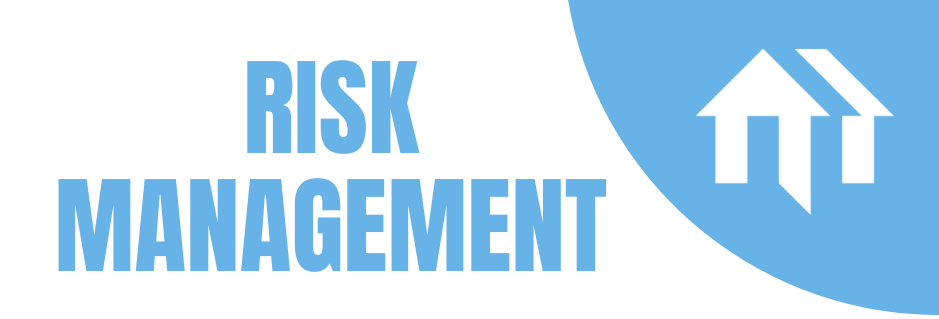Written By: Joe Erdelyi, Manager, Risk Management, CAHEC

One of the responsibilities of Risk Management at CAHEC is to review risks associated with a development’s site, both man-made and natural. Many tools have been developed and widely used, and our partners are very familiar with them – Phase I Environmental Site Assessments being one of the most universal. Engineers are engaged to visit sites and to research records for hazards on the site, or that are nearby and could impact the site. Most often these identified hazards are man-made - remnants of other land uses, rather than hazards caused by the natural environment.
FIRM maps (Flood Insurance Rate Maps) are another tool.* Maps show zones of greater flood risk, often along river corridors. As river corridors change and as flood events occur, the maps are periodically redrawn and made more current. Surveyors can show those zone boundaries on site plans and insurers can underwrite the risks of potential flood events. As developable land has become scarcer, CAHEC has increasingly seen our partners locate housing developments on sites that partially include higher-risk flood zones (though the building footprints have avoided those areas of the site). Floods caused by a failed dam (for example) are considered man-made hazards, but storm flooding is considered a natural hazard.
New tools become available periodically and one such tool is the FEMA National Risk Index (NRI) Map (https://hazards.fema.gov/nri/map). Eighteen different natural-hazard risks are individually searchable by either county or by census tract, and are also aggregated to an overall risk index for that area. Those hazards include: Avalanche, Coastal Flooding, Cold Wave, Drought, Earthquake, Hail, Heat Wave, Hurricane, Ice Storm, Landslide, Lightning, Riverine Flooding, Strong Wind, Tornado, Tsunami, Volcanic Activity, Wildfire, and Winter Weather. Development began on this tool in 2017 and was a collaboration between “...stakeholders and partners in academia; local, state, and federal government; and private industry...” and those parties are identified on FEMAs website. Among the 91 entities listed there are academic institutions in CAHEC’s footprint: UNC Chapel Hill, University of Central Florida, and Old Dominion University. The hazard areas are categorized relative to one another and fall into five risk level ratings: Very High, Relatively High, Relatively Moderate, Relatively Low, and Very Low. They are also numerically scored – a county score of 90% means that county has a risk index higher than 90% of all counties in the US. This tool is broad and meant to be used by a variety of diverse groups – city planners and managers can use it to form plans for community resilience or evacuation, for example. The three ‘consequence’ areas that are quantified in the Expected Annual Loss input are: buildings, people and agriculture. CAHEC does not facilitate investment in agriculture generally – but our investments in rural areas do consider the economics of those communities. (In addition to Expected Annual Loss, the other two inputs to the NRI assessment formula are Social Vulnerability and Community Resilience.) The NRI map is a useful tool but it is not site-specific and is not focused strictly on CAHEC’s present investment activities
Insurance underwriters do use tools like this NRI map but they also take into account other factors, so there is no simple correlation between exposure to a natural risk and the cost of insuring against it. One other factor underwriters take into account is the history of losses associated with a particular property or a particular entity. Since those losses are driven by both natural and man-made risks, a tool like the NRI map can be used to indicate the likelihood of greater insurance needs, but not the degree of those added costs.
CAHEC’s partners have used good site planning, insurance, and robust construction practices to manage some of the more common natural risks present in our footprint: coastal and riverine flooding, strong winds, hurricane and tornado, and even (in parts of Kentucky, Tennessee, and South Carolina) earthquakes. As the frequency and intensity of extreme weather events increases, CAHEC foresees the need for these practices to continue to ensure the soundness of our joint investments in affordable housing and community facilities.
* [As of 4/2023 the National Flood Insurance Program (NFIP) is implementing a new pricing methodology call Risk Rating 2.0 that is more nuanced and better reflects a site’s flood risks. For more on that, visit https://www.fema.gov/flood-insurance/risk-rating]